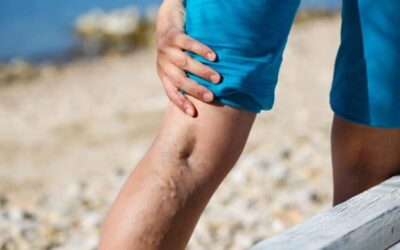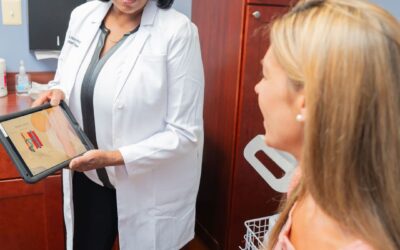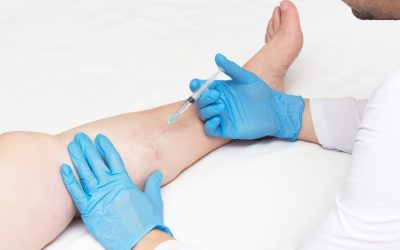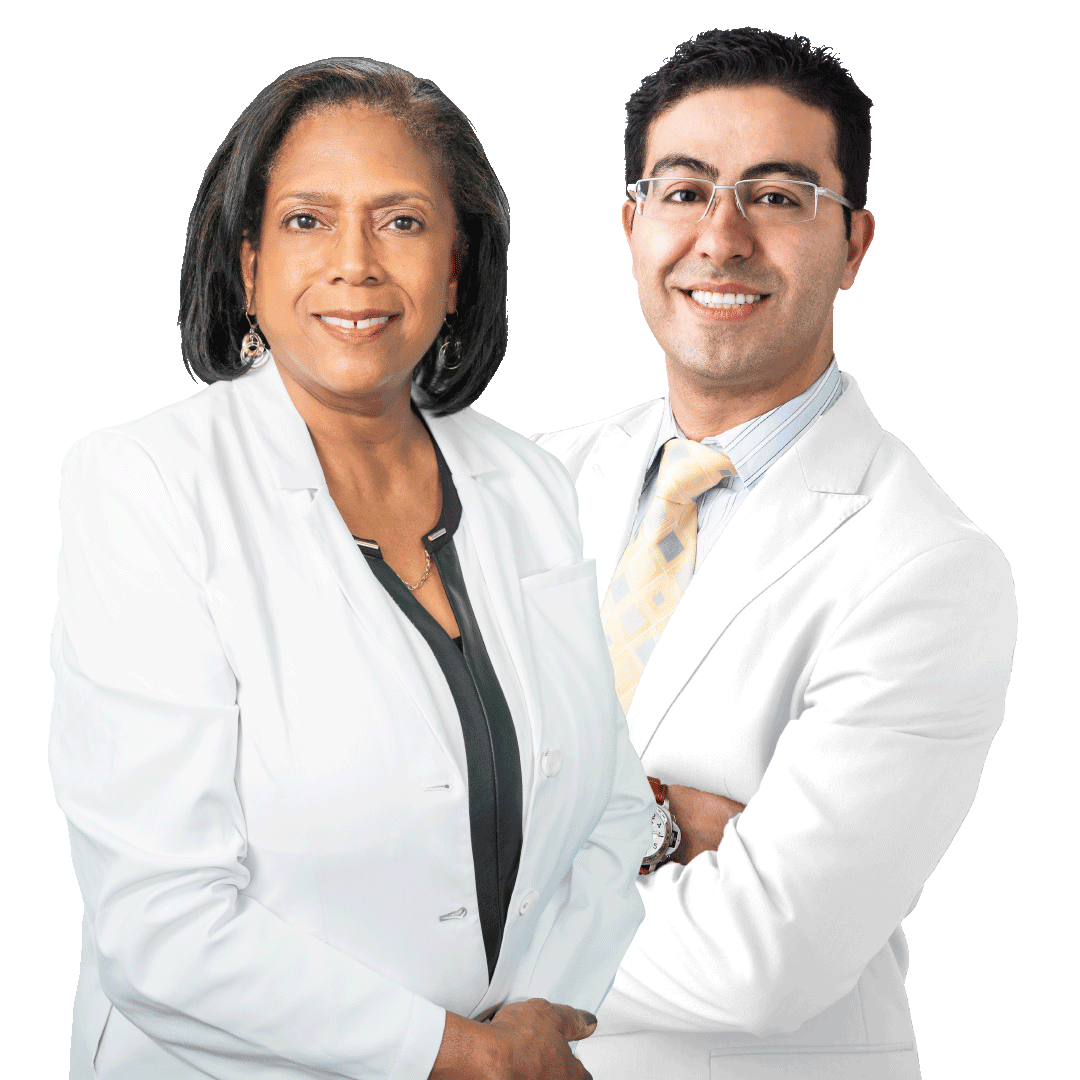Top Maryland Vein Doctors
How Do You Get Varicose Veins In Legs?
Are you wondering how you got those bulging, twisted veins on your legs, also known as varicose veins? You’re not alone. Many people experience varicose veins, and they are often a result of a combination of factors. Here at Maryland Vein Treatment, we offer minimally invasive treatments for varicose veins and spider veins, such as sclerotherapy, endovenous laser ablation, radiofrequency ablation, and ambulatory phlebectomy. But before we talk about treatment options, let’s take a closer look at varicose veins.
What Are Varicose Veins?
Varicose veins are enlarged, twisted veins that appear dark blue or purple. They usually appear on the legs and are caused by a problem with the blood flow in the veins. Normally, the blood flows through the veins and back to the heart. However, when the veins become enlarged, the valves inside the veins may not work correctly, allowing blood to pool in the veins, which can cause them to bulge.
The continued accumulation of blood in leg veins due to a combination of gravity and weak vein valves leads to vascular dilation and the eventual formation of bulging blood vessels, which we know as varicose veins. Chronic venous insufficiency is the underlying medical condition responsible for varicose veins.
What Causes Varicose Veins?
Varicose veins can be caused by a variety of factors, including:
- Genetics: Varicose veins tend to run in families, so if your parents or grandparents had them, you may be more likely to develop them.
- Age: As we age, our veins lose elasticity, increasing the risk of the vein valves malfunctioning.
- Sitting or standing for long periods: When you sit or stand for long periods, your veins have to work harder to pump blood back to your heart, which can put pressure on the veins.
- Pregnancy: Pregnancy can increase the amount of blood in your body and put pressure on your veins, leading to chronic venous insufficiency and varicose veins.
- Obesity: Carrying excess weight can put pressure on your veins, leading to varicose veins.
- Gender: Women are more likely to develop varicose veins than men.
- Hormonal changes: Changes in hormone levels during puberty, pregnancy, and menopause can also increase the risk of varicose veins.
Symptoms of Varicose Veins
Varicose veins are not always painful, but they can cause discomfort and may be accompanied by the following symptoms:
- Aching, heavy, or tired legs
- Burning or throbbing in your legs
- Swelling in your legs, ankles, or feet
- Itching around the veins
- Skin discoloration around the veins
- Skin ulcers near the ankles (in severe cases)
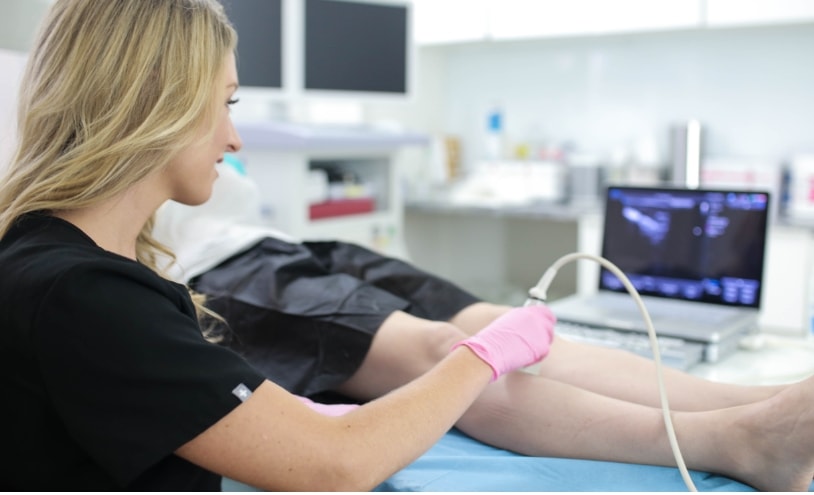
We know health insurance is confusing so we will help you check if you’re covered:
FREE Coverage Checker:
How Are Varicose Veins Diagnosed?
At Maryland Vein Treatment, we diagnose varicose veins using duplex ultrasound. This non-invasive test uses sound waves to create images of the veins in your legs and allows us to see the blood flow in your veins. With this information, we can determine the severity of your varicose veins, the underlying problem, and the diseased saphenous vein responsible for your vein problems, and create a personalized treatment plan.
How Are Varicose Veins Treated?
Sclerotherapy
Sclerotherapy is a minimally invasive treatment for varicose veins and spider veins. It involves injecting a solution directly into the affected veins, causing them to collapse and fade over time. The solution irritates the lining of the vein, causing it to stick together and preventing blood from flowing through it. The treated vein is then absorbed by the body, and blood flow is rerouted to healthier veins.
Endovenous Laser Ablation
Endovenous laser ablation is a minimally invasive treatment for varicose veins that uses laser energy to close off the affected veins. During the procedure, a laser fiber is inserted into the affected vein through a small incision. The laser heats the vein, causing it to collapse and rerouting the blood flow to healthier veins.
Radiofrequency Ablation
Radiofrequency ablation is a minimally invasive treatment for varicose veins that uses radiofrequency energy to close off the affected veins. During the procedure, a catheter is inserted into the affected vein through a small incision. The catheter delivers radiofrequency energy to the vein, causing it to heat up and collapse.
VenaSeal
VenaSeal is a minimally invasive treatment for varicose veins that uses a medical adhesive to seal off the affected veins. During the procedure, a catheter is inserted into the affected vein through a small incision. The catheter delivers the medical adhesive to the vein, sealing it shut and rerouting the blood flow to healthier veins.

Visit Our Maryland Vein Treatment Center
Ambulatory Phlebectomy
Ambulatory phlebectomy is a minimally invasive treatment for varicose veins that involves making small incisions in the skin and removing the affected veins through these incisions. Ambulatory phlebectomy is an effective option for removing varicose veins that are too large to be treated with other minimally invasive procedures.
Your treatment plan will depend on the severity of your varicose veins and your overall health. Our board-certified vein doctors will work with you to create a personalized treatment plan that meets your individual needs.
Preventing Varicose Veins
While varicose veins may not always be preventable, there are steps you can take to reduce your risk of developing them. Some things you can do include:
- Exercise regularly: Regular exercise can improve your circulation and help keep your veins healthy.
- Maintain a healthy weight: Carrying excess weight can put pressure on your veins, increasing your risk of varicose veins.
- Wear compression stockings: Compression stockings can help improve blood flow and reduce the risk of varicose veins.
- Avoid sitting or standing for long periods: If you must sit or stand for long periods, take frequent breaks to move around and stretch your legs.
- Elevate your legs: Elevating your legs above your heart can help improve blood flow and reduce the risk of varicose veins.
- Eat a healthy diet: A healthy diet can help maintain a healthy weight and improve overall circulation.
When to See A Vein Specialist
If you experience any symptoms of varicose veins or have a family history of varicose veins, it’s important to see a specialist. At Maryland Vein Treatment, we offer free insurance verification even before the first appointment, so you can know your options and costs upfront.
Maryland Vein Treatment is located at 10215 Fernwood Rd, Suite 301, Bethesda, Maryland, just outside of Washington, DC in Silver Spring. Our medical centers for vein treatment are led by board-certified vein doctors who specialize in diagnosing and treating varicose veins and spider veins. Please schedule a consultation online to initiate your vein care journey.
